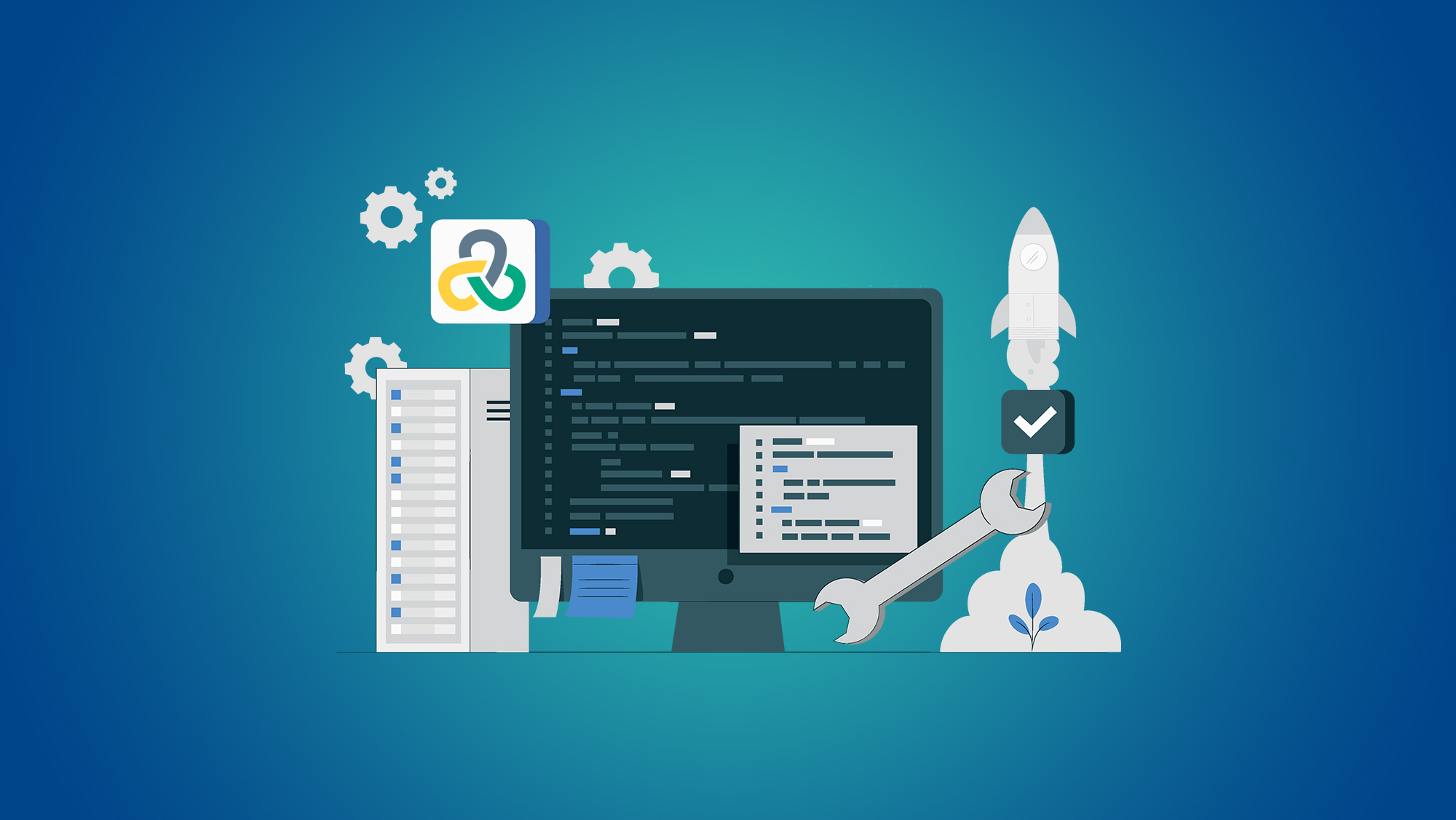Everything You Need To Know About Manual Testing Training
Introduction:
Manual testing plays a crucial role in ensuring the quality and reliability of software applications. To become a skilled manual tester and excel in the field of software testing, proper training is essential. In this blog, we will cover everything you need to know about manual testing training, including its significance, training modules, benefits, and prerequisites.
What is Manual Testing Training?
Importance of Manual Testing Training:
Manual Testing Training Modules:
Benefits of Manual Testing Training:
Prerequisites for Manual Testing Training:
What is Manual Testing?
Manual testing is a software testing approach where testers manually execute test cases without the use of automation tools. It involves systematically verifying and validating software functionalities, features, and user interfaces to ensure they meet the specified requirements. Manual testing requires human intervention to simulate real-user scenarios, identify defects, and evaluate the overall user experience. Testers follow predefined test cases, perform exploratory testing, and provide feedback to improve the quality and usability of the software. Manual testing is essential for uncovering critical issues, validating user workflows, and ensuring the software meets the desired quality standards.
Importance of Manual Testing Training:
Manual testing training holds significant importance for several reasons:
- Foundation of Testing Skills: Manual testing training provides a solid foundation for testers to understand the fundamental concepts, principles, and techniques of software testing. It equips them with the necessary knowledge to effectively plan, design, execute, and report manual test cases.
- Thorough Understanding of Testing Processes: Training helps testers gain a comprehensive understanding of the end-to-end testing processes, including test planning, test case development, test execution, defect tracking, and test reporting. This knowledge ensures that testers follow standardized and efficient testing practices.

Read More: The Art of Manual Testing: Techniques and Strategies for Success |
- Effective Bug Identification and Reporting: Training enables testers to identify, document, and report bugs accurately. They learn how to provide detailed information about the observed behavior, steps to reproduce, and supporting artifacts, making it easier for developers to understand and fix the issues.
- Improved Test Coverage: With proper training, testers learn how to design test cases that cover a wide range of scenarios, ensuring maximum test coverage. This helps in uncovering hidden defects, edge cases, and scenarios that may not be caught by automated tests.
- Enhanced User Experience Evaluation: Manual testing training focuses on evaluating the software's user experience, usability, and accessibility. Testers learn techniques to assess factors like intuitiveness, navigation, responsiveness, and visual design, resulting in improved user satisfaction.
- Collaboration and Communication Skills: Training helps testers develop essential collaboration and communication skills. They learn how to effectively interact with developers, business stakeholders, and fellow testers, ensuring clear communication, aligned expectations, and efficient problem-solving.
- Complementing Automated Testing: While automation is valuable, there are scenarios where manual testing is essential. Training helps testers understand when and where to apply manual testing techniques to complement automated tests, thereby achieving comprehensive test coverage.
- Continuous Improvement and Growth: Manual testing training instills a mindset of continuous learning and professional growth. Testers stay updated with the latest testing trends, methodologies, and tools, ensuring they evolve with the industry and deliver high-quality testing services.
Manual Testing Training Modules:
1. Introduction to Manual Testing:
- Overview of manual testing
- Importance of manual testing in the software development lifecycle
- Roles and responsibilities of a manual tester
- Key principles and concepts of manual testing
2. Test Planning and Test Case Design:
- Understanding test requirements and objectives
- Test planning process and activities
- Test case design techniques (e.g., boundary value analysis, equivalence partitioning)
- Creating effective test cases with clear steps and expected results
- Test data identification and preparation
3. Test Execution and Defect Reporting:
- Test execution process and best practices
- Adhering to test scripts and test procedures
- Identifying and documenting defects accurately
- Prioritizing and categorizing defects
- Defect tracking and management tools
4. Exploratory Testing:
- Understanding the principles and benefits of exploratory testing
- Techniques for exploratory testing
- Test coverage and risk-based exploratory testing
- Reporting and documenting defects discovered during exploratory testing
5. Usability Testing and User Experience Evaluation:
- Introduction to usability testing and its importance Usability testing techniques and approaches
- Evaluating user experience and user interface (UI) design
- Gathering user feedback and incorporating usability improvements
6. Regression Testing and Test Maintenance:
- Regression testing fundamentals and strategies
- Test suite maintenance and version control
- Impact analysis and prioritization of regression test cases
- Techniques for efficient regression testing
7. Test Documentation and Reporting:
- Importance of test documentation
- Test plan creation and maintenance
- Test case documentation and traceability
- Test summary reports and metrics
8. Communication and Collaboration Skills:
- Effective communication with stakeholders
- Collaborating with development teams and business stakeholders
- Providing clear and concise defect reports
- Participating in meetings and discussions related to testing activities
9. Test Environment and Test Data Management:
- Setting up test environments
- Managing test data and test configurations
- Test environment considerations and challenges
10. Best Practices and Emerging Trends in Manual Testing:
- Industry best practices for manual testing
- Keeping up with emerging trends in manual testing
Benefits of Manual Testing Training:
Manual Testing Training offers several benefits to individuals and organizations involved in software testing. Here are some key benefits:
- Comprehensive Skill Development: Training equips individuals with a solid understanding of manual testing principles, methodologies, and techniques. They gain proficiency in test planning, test case design, test execution, and defect management, enhancing their overall testing skills.
- Improved Test Coverage: Training helps testers design comprehensive test cases and execute them effectively, ensuring thorough coverage of the application under test. This results in higher confidence in the quality and reliability of the software.
- Effective Defect Identification: Manual Testing Training enables testers to effectively identify defects during the testing process. They learn techniques for capturing and documenting defects accurately, providing developers with clear and actionable information to resolve issues promptly.
- Enhanced Communication and Collaboration: Training emphasizes effective communication and collaboration between testers, developers, and stakeholders. Testers learn how to articulate their findings, raise concerns, and provide valuable feedback, fostering productive teamwork and project success.
- User-Centric Testing: Manual Testing Training enables testers to evaluate the application from an end-user perspective. They focus on usability, user experience, and adherence to business requirements, ensuring that the application meets user expectations.
- Adaptability to Agile Methodologies: With training, testers can adapt to agile development methodologies more effectively. They learn agile testing practices, such as iterative testing, continuous integration, and sprint testing, enabling them to contribute effectively in agile teams.
- Flexibility and Adaptability: Manual testing allows for flexibility and adaptability in testing approaches. Training equips testers with the skills to handle changes in requirements, explore new test scenarios, and accommodate evolving project needs.
- Cost-Effective Testing: Manual testing can be a cost-effective approach, especially for smaller projects or when automation is not feasible. Training enables testers to maximize the value of manual testing efforts, ensuring efficient use of resources.
Prerequisites for Manual Testing Training:
Manual Testing Training typically does not have specific prerequisites, as it is an entry-level training program designed for individuals who are new to software testing or those looking to enhance their manual testing skills. However, having a basic understanding of software development concepts and a background in IT can be beneficial. Additionally, having familiarity with the following concepts can provide a good foundation for manual testing training:
- Basic computer literacy: Participants should be comfortable using computers, navigating operating systems, and performing basic tasks such as file management, installing software, and using web browsers.
- Knowledge of software development lifecycle: Understanding the various phases of software development, such as requirements gathering, design, coding, testing, and deployment, can be helpful in grasping the context of manual testing.
- Understanding of software testing principles: Familiarity with fundamental testing concepts, such as test objectives, test types, test levels, and the importance of verification and validation, can facilitate learning in manual testing training.
- Basic understanding of software defects: Having knowledge of common software defects, their impact, and the importance of defect tracking and reporting can provide a good starting point for manual testing training.
- Analytical and problem-solving skills: Manual testing involves analyzing requirements, identifying test scenarios, and designing effective test cases. Participants should possess basic analytical and problem-solving abilities to excel in manual testing.
- Attention to detail: Manual testing requires attention to detail to identify defects, validate expected behavior, and ensure comprehensive test coverage. Participants should have a keen eye for detail and an ability to spot inconsistencies and anomalies.
Conclusion:
Manual testing training is a valuable investment for aspiring testers and professionals seeking to enhance their manual testing skills. Through comprehensive training, testers gain the knowledge, techniques, and best practices required to perform thorough and effective manual testing. By understanding the significance of manual testing, exploring training modules, and meeting the prerequisites, individuals can embark on a successful journey towards becoming skilled manual testers. Embrace manual testing training, and contribute to the delivery of high-quality software products that meet customer expectations.
You May Also Like
These Related Stories

Manual Testing Demystified: Building Expertise through Training

The Art of Manual Testing: Techniques and Strategies for Success



No Comments Yet
Let us know what you think